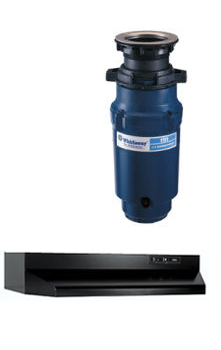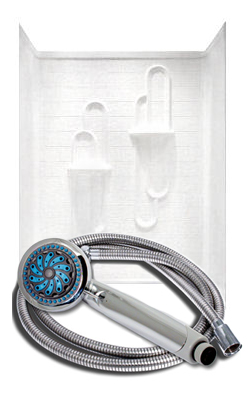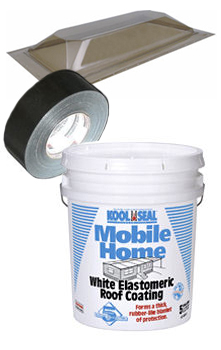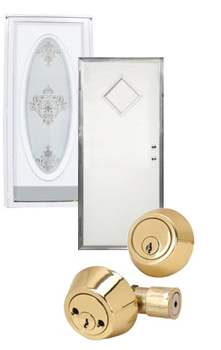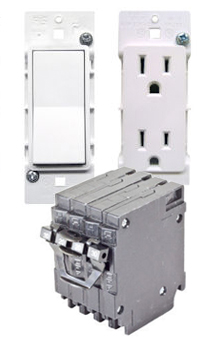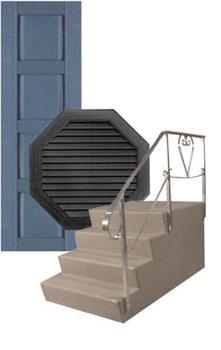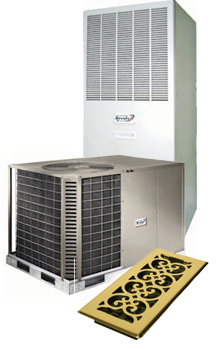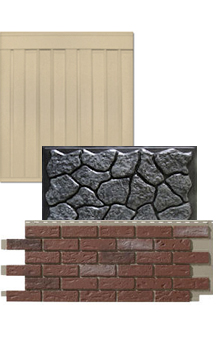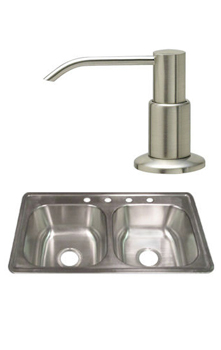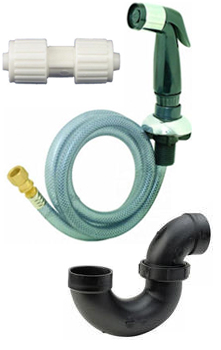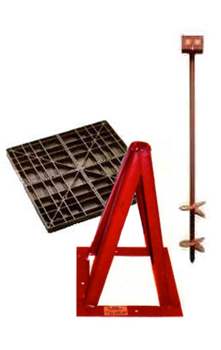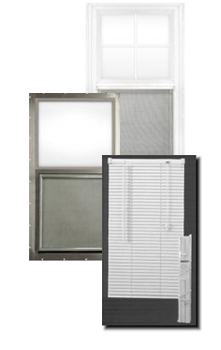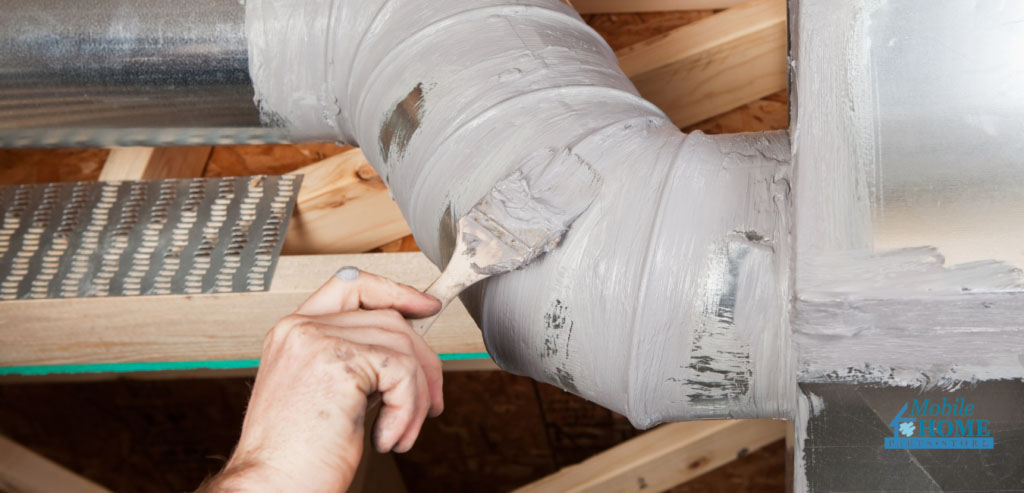
In the winter, it is a constant battle to keep the cold air out of your home and keep the temperatures inside comfortable without overworking your furnace. But winterizing your mobile home means more than just caulking around your doors and windows. Usually, mobile homeowners concerned with air leaks immediately consider the seals on their doors and windows, but that’s not the prominent culprit. In partnership with the Department of Energy, the National Renewable Energy Laboratory or the NREL have teamed up to determine which winterization, energy conservation, and air sealing project are most effective for your mobile home. Then, we will discuss how to utilize these findings best to protect your home.
Topics include the following:
- Furnace and Duct Systems
- Plumbing and Water Heaters
- Exhaust Fans
- Marriage Line
- Light Fixtures and Receptacles
- Underbelly and Insulating Blanket
Air Sealing for Furnace and Duct Systems
Return air plenums, especially in mobile homes established between 1970 to 1980, have large return air ducts on the floors or ceiling. Mobile homes with larger return air ducts should invest in hiring an HVAC professional for this. Sealing off openings and registers furthest from the furnace to be rerouted using a flex duct can also help.
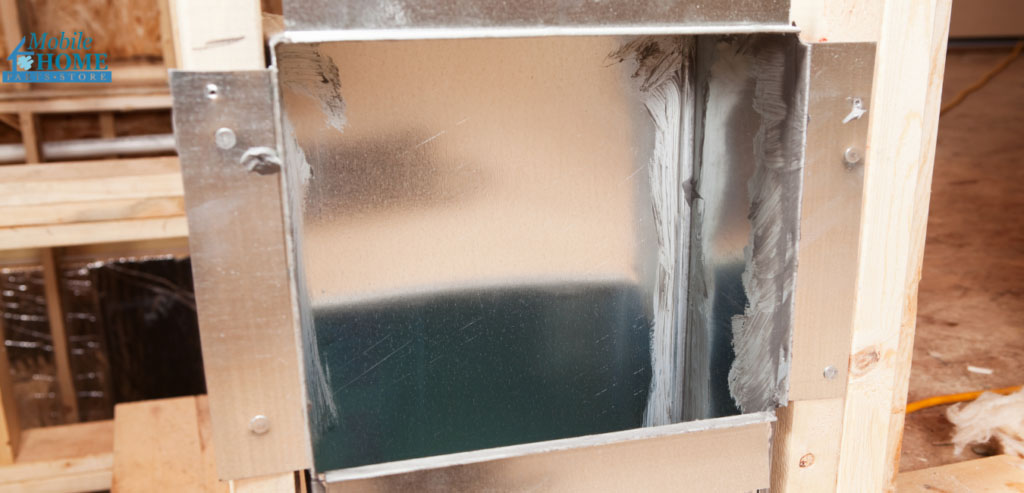
If your furnace has a central return-air opening in the floor or ceiling, the space should be closed off. A new opening should be made in the door or sidewall to allow the furnace blower to pull return air from within the home. HUD requires at least 2 square inches of return air area for every 1000 of furnace capacity. An HVAC professional is needed, and should not attempt to do this on your own.
Air Supply Ducts
Sealing air leaks in the furnace base and duct connector, or boot, can help save money on your winter utility bills. Forced-air supply ducts have a high air leak potential. Usually, forced-air supply ducts are located on the floor. However, some mobile homes may have them located on the ceiling. The boot connecting the air duct to the house can allow cold air to seep into your home if they are not sealed.
To seal the ducts and boots of your home, you can use caulking, butyl tape, or mesh tape. Silicone caulking can be used for smaller holes. However, aluminum-foil butyl tape or mesh tape has to be used to seal the corner and joints. For large holes in your ducts, you will need to fasten a sheet metal patch over the hole. Seal the edges of the sheet metal with butyl tape, and then mastic over the top. Although it is always best to seal the ducts under your home, it is not always necessary.
Plumbing and Water Heaters
Plumbing for a mobile home is very different from that of a traditional house in one significant way. The pipes rise through the floor instead of through the walls. The pipes coming through the flooring can create many cracks and crevices for cold air to enter your home. Pay special attention to areas around your washing machine’s supply and drain line, under all sinks, the bathtub, and even your water heater chimney. To ensure your home is airtight this winter, you will need to seal around all supply and drain pipes to prevent any access air from seeping in.
Air Sealing Exhaust Fans
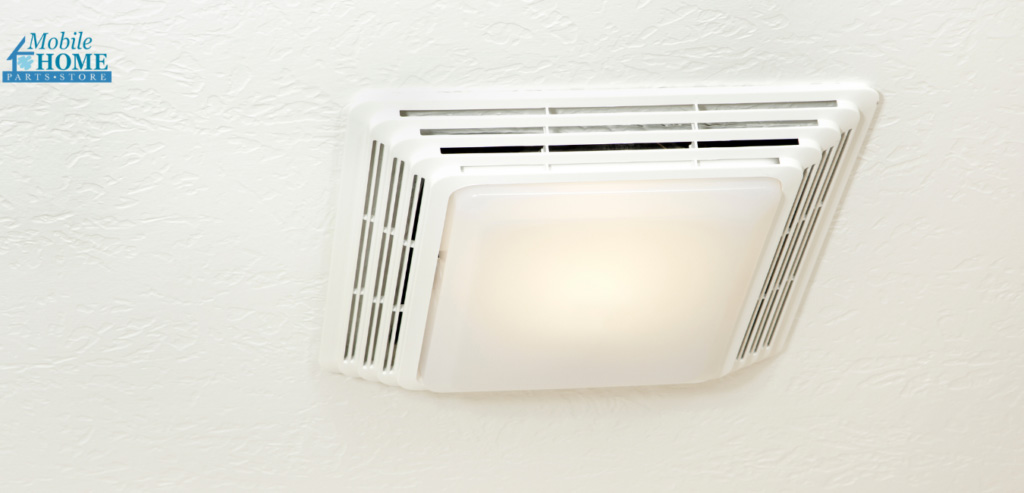
Although exhaust fans are not the first things that come to mind for many homeowners when they winterize their home, they must be sealed. HUD started to require exhaust fans to be placed in manufactured home’s kitchens and bathrooms a year ago. As a result, they often are out of sight and mind for homeowners. However, they still provide an opening to the exterior of your home. Therefore, it is vital to calk around the exhaust fan and its register on your ceilings to prevent the winter’s chill from reaching the interior of your home.
Marriage Line
Manufactured homes are delivered to the site typically in two or three sections. When these sections join together, this is referred to as a marriage join or marriage line. A rubber seal helps to join the sides together to form an airtight membrane. However, over time these seals can become damaged or not work correctly if the home becomes unleveled. Therefore, seal and adding insulation around the marriage line is always something to consider if you feel that your home has air leaks surrounding your mobile home’s marriage line.
Air Sealing Light Fixtures and Receptacles
Light fixtures and receptacles are often overlooked when winterizing mobile homes. Homes are built and insulated, creating air gaps between your home’s interior walls, siding, ceiling, and roof. Any damage or holes between your interior walls and the exterior of your home will allow air to leak in. You can use caulking to fill in more minor cracks. However, if there is a large crack or damage, you may need to create a frame to rest between the receptacle and the wall or ceiling.
Underbelly and Insulating Blanket
The underbelly of your mobile home refers to the entire area beneath your home. However, it also refers to the black plastic sheeting attached to the bottom of your mobile home. Older mobile homes have underbellies made from heavy tar paper or asphalt-impregnated fiberglass cloth, but newer homes use fiber-reinforced polyethylene. If your underbelly is missing or becomes damaged over time, it is essential to repair it as soon as possible. Underbellies help deter rodents and other animals, along with keeping ground moisture from rising into your home, extending past just winterizing your home.
If your underbelly is damaged or missing, there is a good chance your insulation or insulating blanket will be as well. Take the time to create an airtight underbelly by sealing and caulking your ductwork, adding new insulation between the floor joists of your home, and attaching the new underbelly cloth. If you do have to replace your underbelly, you should consider adding a new ground vapor barrier as well. By adding a ground vapor barrier, you will be able to reduce your heating and cooling costs.
Summary of Air Sealing Your Mobile Home
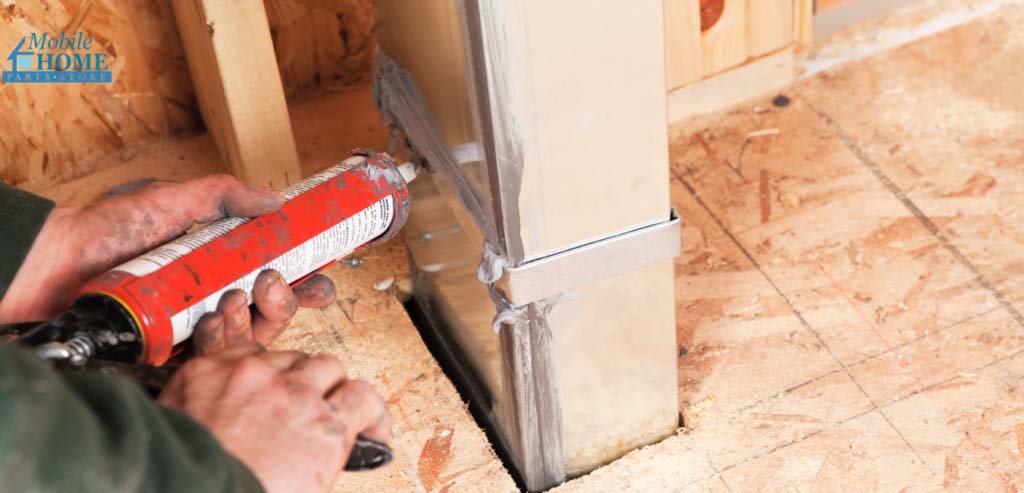
End the battle of keeping the cold air out of your home and your home and wallet comfortable this winter. By winterizing your mobile home and preventing additional air leakage, you will save money in the long run. Mobile homes will require more attention as they age. Keeping up on sealing your home airtight will the longevity of your home. These tips are based on the NREL and the Department of Energy’s research in winterization, energy conservation, and air sealing projects for mobile homes. If you require any supplies such as caulking, be sure to check out our vast inventory of mobile home parts and supplies! We hope these tips will help keep you and your family toasty warm this winter.
Tags: Air Ducts, maintenance, mobile home repair, Repair, Sealing Air Ducts, Winterize a mobile home


